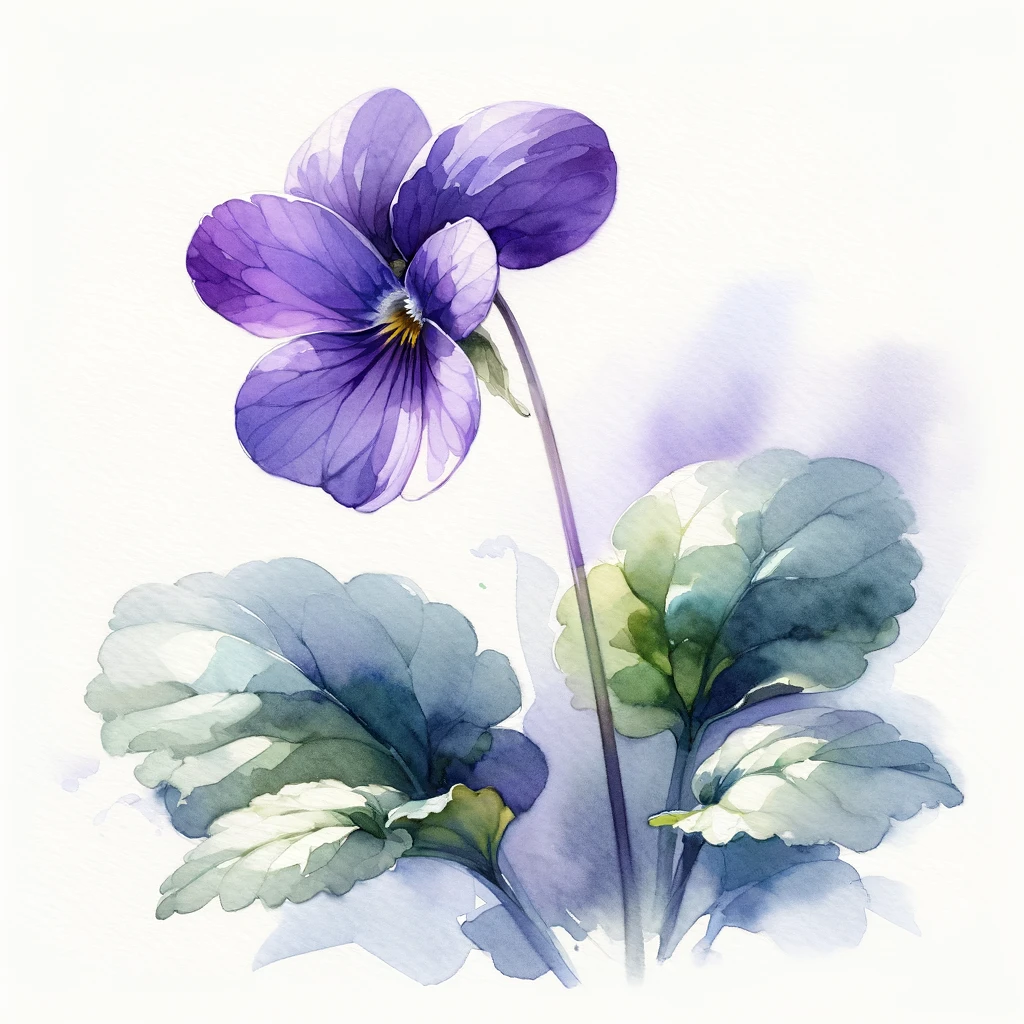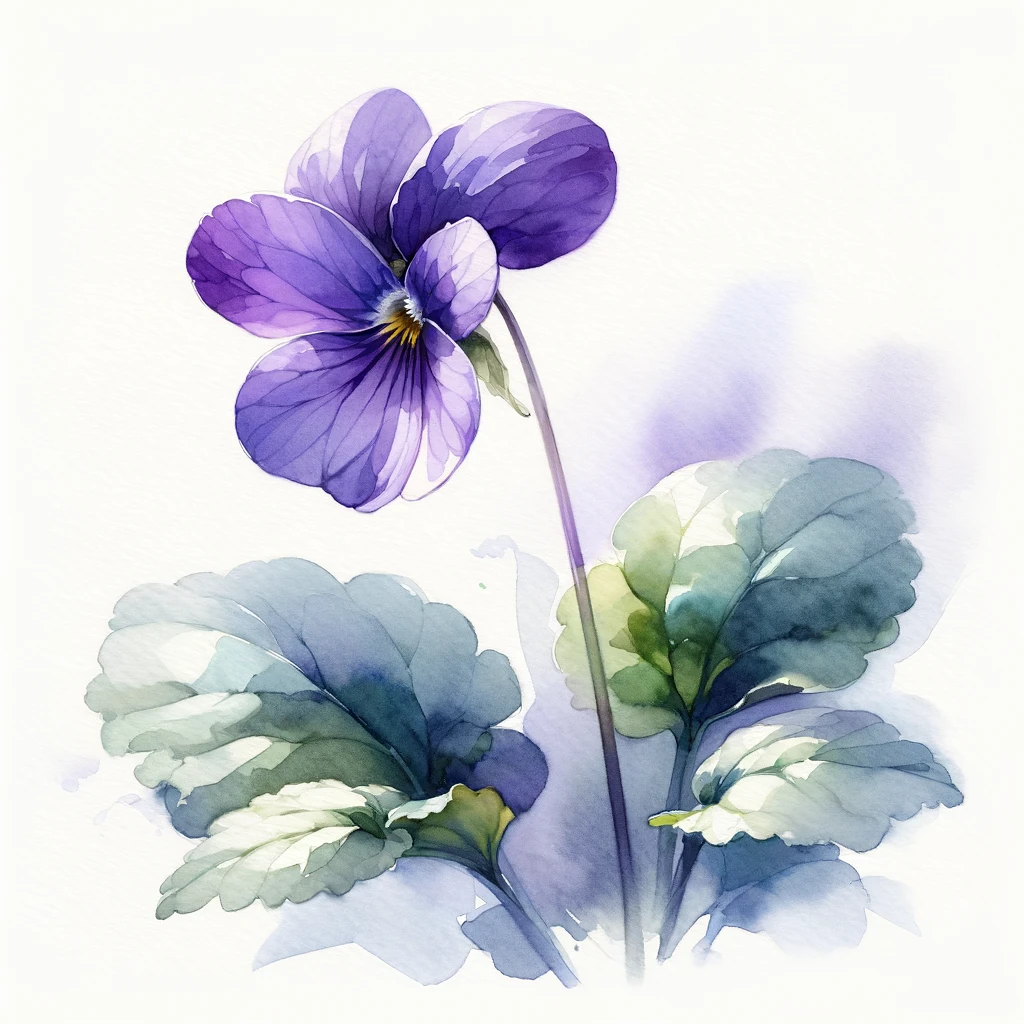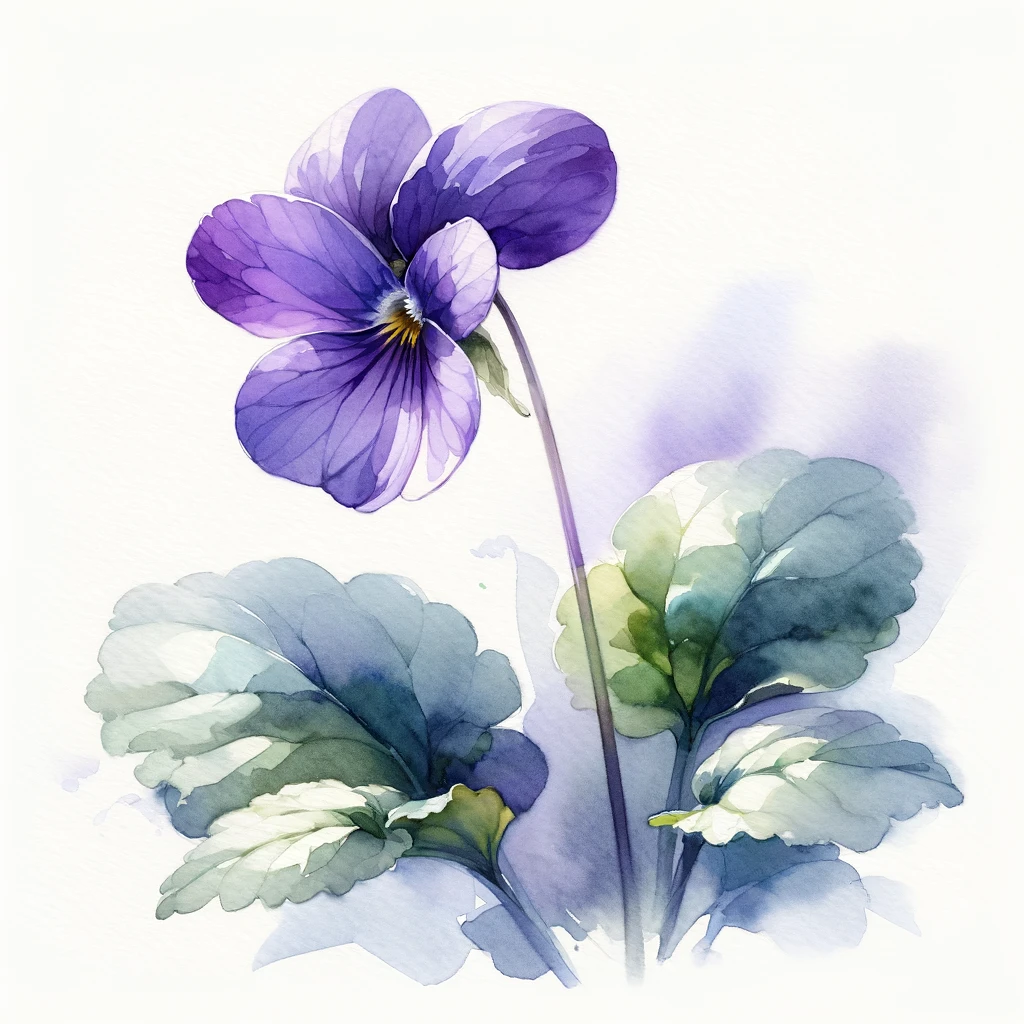February has a distinct place in the calendar, with a mix of historical significance, cultural events, and seasonal characteristics.
Shortest Month of the Year
February is the shortest month in the Gregorian calendar, typically having 28 days and extending to 29 days every four years during a leap year. This leap year phenomenon helps keep the calendar year synchronized with the astronomical year.
Leap Year

In leap years, February 29th is added as a leap day, which occurs every four years to keep the calendar year aligned with the Earth's revolutions around the Sun.
Seasonal Significance
In the Northern Hemisphere, February is generally the last month of meteorological winter, often associated with cold temperatures and snow.
In the Southern Hemisphere, February is the last month of the summer, usually characterized by warm or hot weather.
Important Dates and Observances

Celebrated on February 14th, Valentine's Day is a significant cultural, religious and commercial celebration of romance and love in many regions around the world.

In the United States and Canada, February is observed as Black History Month, a time to remember important people and events in the history of the African diaspora.

Celebrated on February 2nd in the United States and Canada, Groundhog Day includes a folklore tradition about a groundhog predicting the weather.

In the United States, Presidents' Day is celebrated on the third Monday of February in honor of George Washington's Birthday and is often extended to recognize all U.S. presidents.
Birthstone
The birthstone for February is the amethyst, which symbolizes piety, humility, spiritual wisdom, and sincerity.

AMETHYST
Flower
The traditional birth flower in February is the violet or primrose.

VIOLET

PRIMROSE
February has a distinct place in the calendar, with a mix of historical significance, cultural events, and seasonal characteristics.
Shortest Month of the Year
February is the shortest month in the Gregorian calendar, typically having 28 days and extending to 29 days every four years during a leap year. This leap year phenomenon helps keep the calendar year synchronized with the astronomical year.
Leap Year

In leap years, February 29th is added as a leap day, which occurs every four years to keep the calendar year aligned with the Earth's revolutions around the Sun.
Seasonal Significance
In the Northern Hemisphere, February is generally the last month of meteorological winter, often associated with cold temperatures and snow.
In the Southern Hemisphere, February is the last month of the summer, usually characterized by warm or hot weather.
Important Dates and Observances

Celebrated on February 14th, Valentine's Day is a significant cultural, religious and commercial celebration of romance and love in many regions around the world.

In the United States and Canada, February is observed as Black History Month, a time to remember important people and events in the history of the African diaspora.

Celebrated on February 2nd in the United States and Canada, Groundhog Day includes a folklore tradition about a groundhog predicting the weather.

In the United States, Presidents' Day is celebrated on the third Monday of February in honor of George Washington's Birthday and is often extended to recognize all U.S. presidents.
Birthstone
The birthstone for February is the amethyst, which symbolizes piety, humility, spiritual wisdom, and sincerity.

AMETHYST
Flower
The traditional birth flower in February is the violet or primrose.

VIOLET

PRIMROSE
February has a distinct place in the calendar, with a mix of historical significance, cultural events, and seasonal characteristics.
Shortest Month of the Year
February is the shortest month in the Gregorian calendar, typically having 28 days and extending to 29 days every four years during a leap year. This leap year phenomenon helps keep the calendar year synchronized with the astronomical year.
Leap Year

In leap years, February 29th is added as a leap day, which occurs every four years to keep the calendar year aligned with the Earth's revolutions around the Sun.
Seasonal Significance
In the Northern Hemisphere, February is generally the last month of meteorological winter, often associated with cold temperatures and snow.
In the Southern Hemisphere, February is the last month of the summer, usually characterized by warm or hot weather.
Important Dates and Observances

Celebrated on February 14th, Valentine's Day is a significant cultural, religious and commercial celebration of romance and love in many regions around the world.

In the United States and Canada, February is observed as Black History Month, a time to remember important people and events in the history of the African diaspora.

Celebrated on February 2nd in the United States and Canada, Groundhog Day includes a folklore tradition about a groundhog predicting the weather.

In the United States, Presidents' Day is celebrated on the third Monday of February in honor of George Washington's Birthday and is often extended to recognize all U.S. presidents.
Birthstone
The birthstone for February is the amethyst, which symbolizes piety, humility, spiritual wisdom, and sincerity.

AMETHYST
Flower
The traditional birth flower in February is the violet or primrose.

VIOLET








